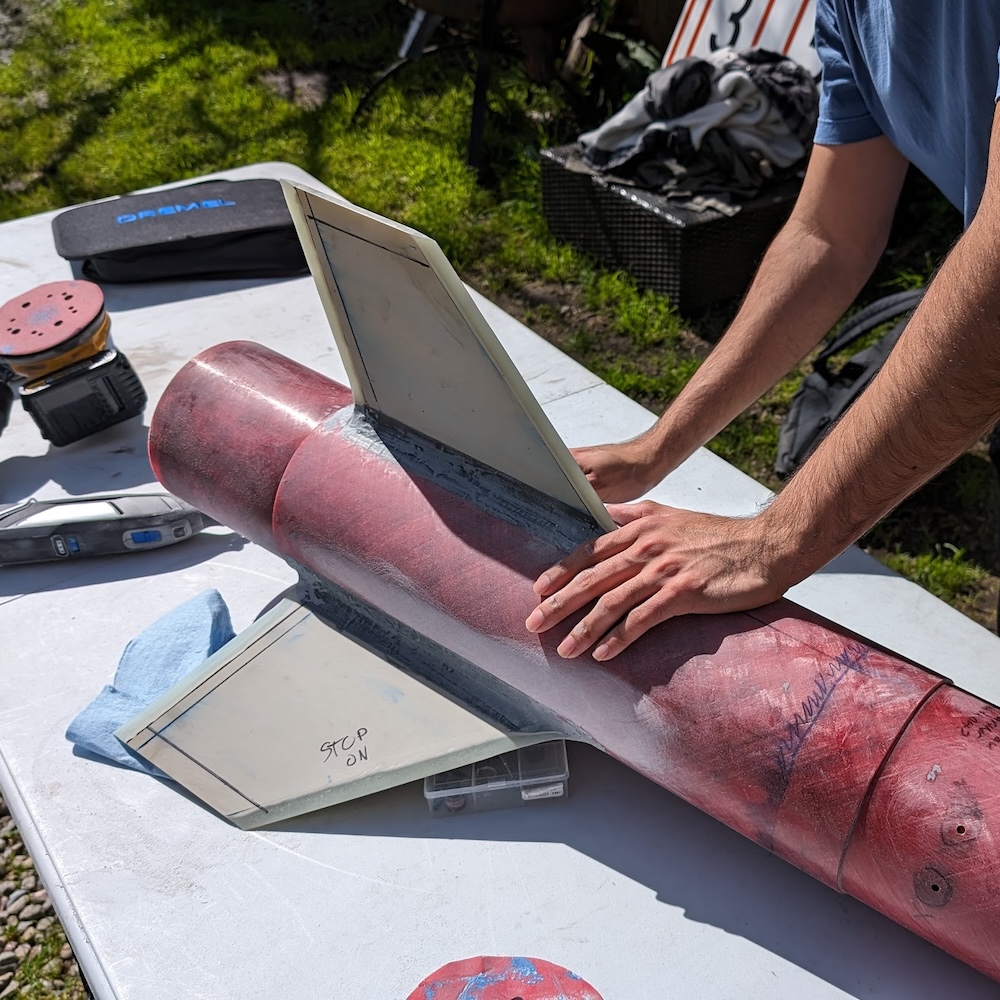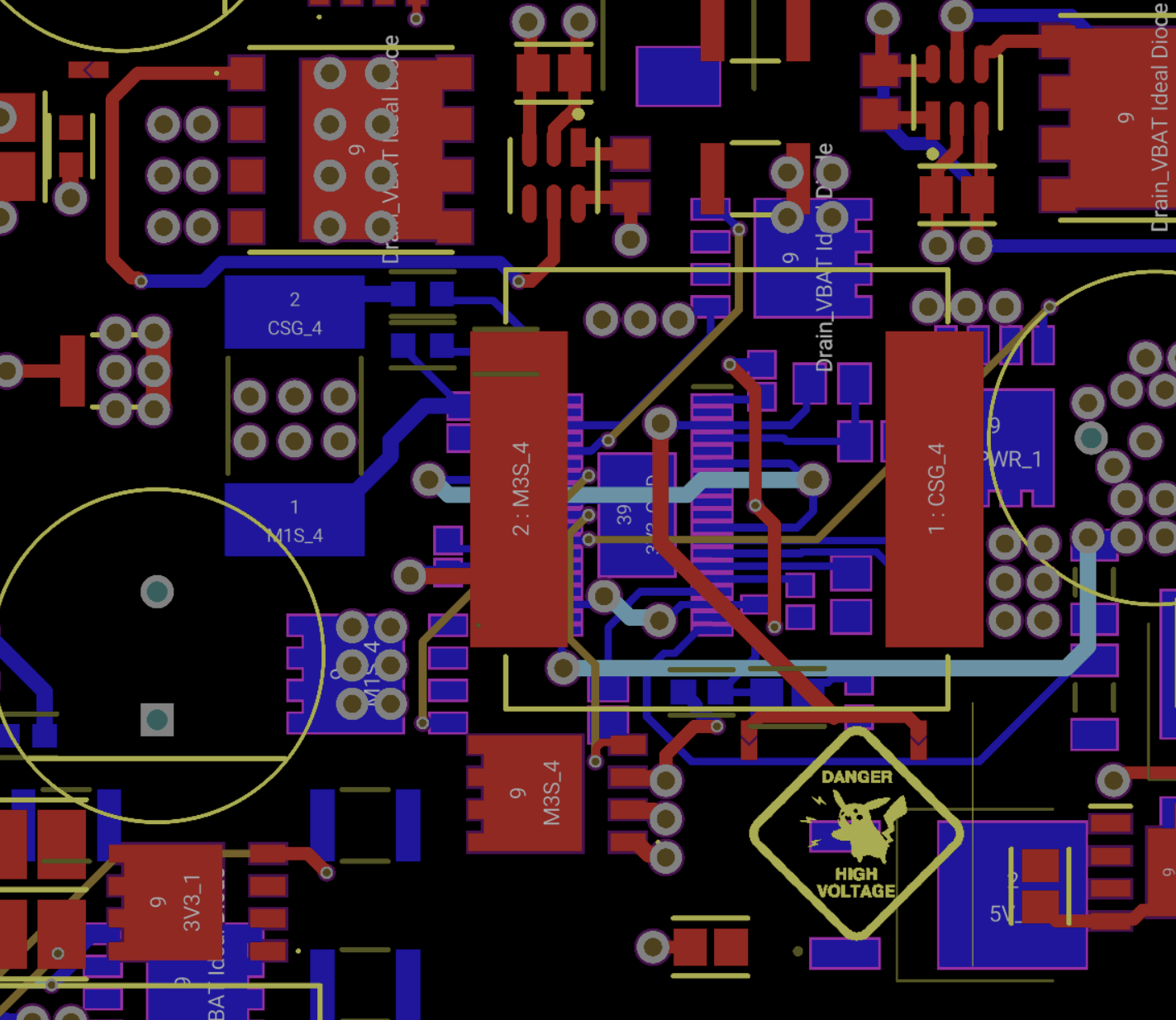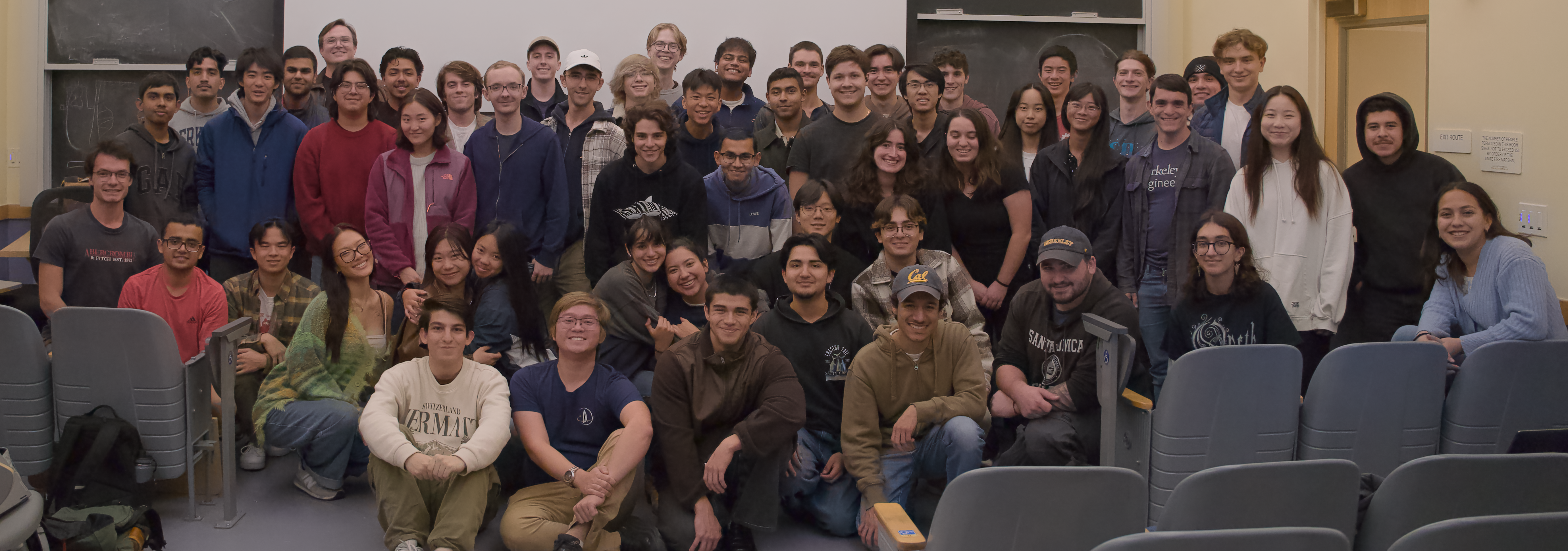Airframe
Responsible for designing, constructing, and optimizing the structural components of a rocket, including the body and fins. They focus on ensuring the airframe's stability, aerodynamics, and structural integrity to withstand the forces encountered during launch and flight. This team collaborates closely with all subteams to ensure the development of a functioning vehicle.
Airframe

Recovery
Responsible for developing and implementing the mechanisms that ensure the safe return of the rocket to the ground after its flight. This includes the design and deployment of recovery systems such as parachutes. The team carefully considers factors like altitude, descent rate, and wind conditions to optimize the recovery process. Collaborating closely with other teams, particularly avionics for accurate timing and deployment control, the recovery team plays a vital role in safeguarding the rocket and its payload during descent.
Recovery

Propulsion
Responsible for designing, building, and testing the rocket's propulsion system, typically involving the rocket engine and associated components. In our team, they are responsible for the development of the liquid engine which is featured in our liquid series vehicles. The propulsion team collaborates with other teams, such as avionics and airframe, to integrate the engine seamlessly into the overall rocket design, enabling a successful launch and controlled flight. Testing and optimization of the propulsion system's performance are critical aspects of their responsibilities.
Propulsion

Avionics
Responsible for developing and implementing the electronic systems that control and monitor the rocket's flight. This includes designing and integrating components such as sensors, microcontrollers, and communication systems. The avionics team plays a crucial role in ensuring accurate data collection, precise trajectory control, and successful deployment of recovery systems for the rocket. They often collaborate with other teams, such as airframe and propulsion, to achieve seamless integration of their electronic.
Avionics

Payload
Responsible for designing, building, and integrating the scientific or experimental equipment that the rocket will carry during its flight. This team works to ensure that the payload is securely housed within the rocket, meets any mission-specific requirements, and can withstand the conditions experienced during launch and ascent. Collaboration with other teams, particularly avionics for data collection and integration, is essential to achieve a successful and coordinated mission.
Payload

Simulation
In sims, we combine our knowledge of physics, software, and engineering to predict and determine the behavior of our rocket and its components. Our work is critical to ensuring that out rocket launches and flies successfully.
Simulation

Outreach
Responsible for establishing connections with the broader community, promoting the club's activities, and fostering interest in rocketry and STEM (Science, Technology, Engineering, and Mathematics) fields. This team often engages in educational outreach programs, workshops, and demonstrations to inspire interest in aerospace among students and the public. They may also organize events, collaborate with schools, and participate in community outreach initiatives to raise awareness about the club's projects and the field of rocket science. The outreach team plays a vital role in building positive relationships with external stakeholders and cultivating a sense of enthusiasm for science and engineering.
Outreach

Media
Responsible for taking photos/videos of club activities as well as operating and maintaining social media and this very website. Media works very closely with other teams to visually document project work. The primary objective is to produce content in a timely manner to support all forms of Public Relations work particularly in the name of sponsor relations. Joining the team allows you to interact with other teams and pursue individual creative opportunities often at your own pace.
Media










